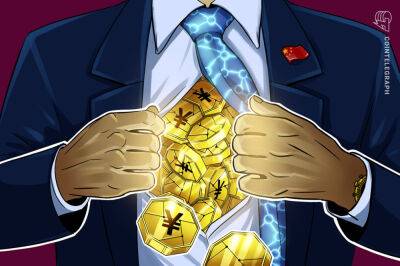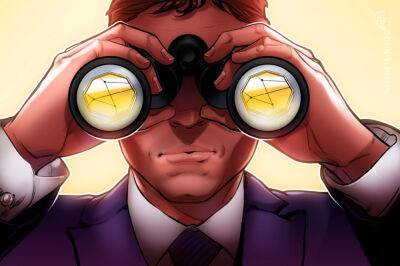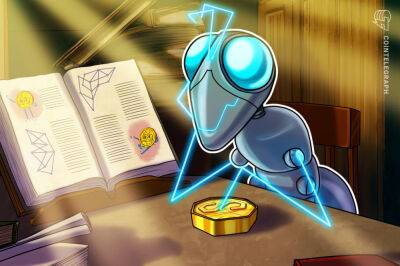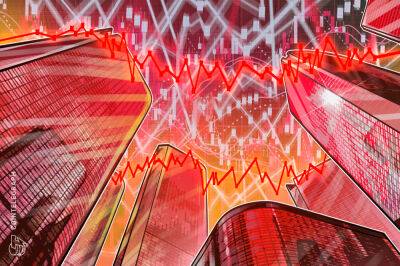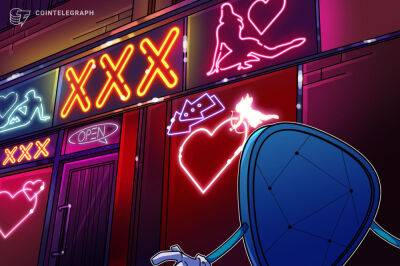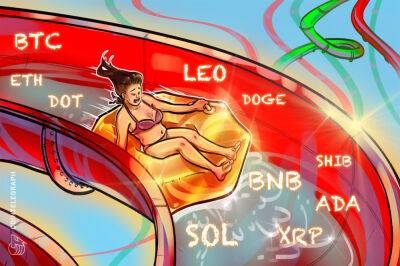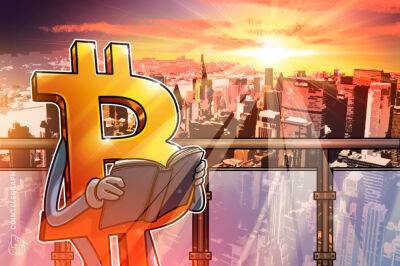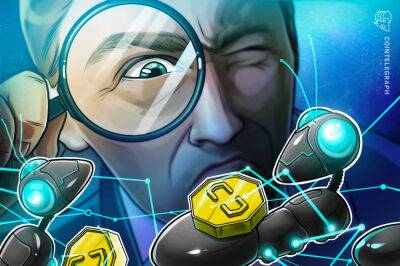Pros and Cons of NFTs: Everything You Need to Know
Disclaimer: The text below is an advertorial article that was not written by Cryptonews.com journalists.
According to DappRadar, NFT sales touched the mark of USD 25 billion in 2021, although many people are still unsure what NFTs are. But the enthusiasm is real; just look at Beeple's spectacular 'Ocean Front,' which sold for an incredible USD 6 million.
Whether you're a digital artist, trader, or simply interested in the 'buzz,' this article will explain to you about NFTs, their pros & cons, and how to buy NFTs.
So without wasting much time, Let’s get started!
NFT stands for "Non-Fungible Token," and it serves two purposes: The term "non-fungible" refers to the fact that it is the sole uncopiable version of the asset. Consider each NFT asset to have its own digital footprint, with the uniqueness of each project having its own value. Following that, we'll look at the "token" side, which refers to the NFT asset's proof of ownership.
When you purchase an NFT, you receive a token or proof of ownership, which is stored on the blockchain and can be easily verified by anybody doing a search. When it comes time to sell that NFT or employ its real-world advantages, having a legitimate NFT rather than a snapshot is quite valuable.
NFTs are unique digital art assets, collectibles, website domains, event tickets, real estate, and even tweets that are sold to investors on the blockchain. They can be any sort of digital art such as music, movies, graphics, memes, or a combination of media.
Let's look at some of the Pros and Cons of NFTs to better comprehend them.
NFTs' ability to improve market efficiency is its most evident advantage. Converting a physical product to a digital asset has the potential to improve supply chains, reduce
Read more on cryptonews.com



